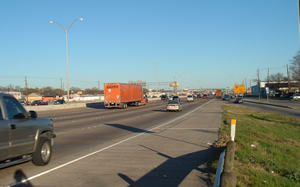Drivers, at times, must yield to other drivers.
There are rules to help determine the right-of-way. However, many drivers don’t know the rules or obey the rules, so for you own safety and welfare, give those vehicles the right-of-way. Remember, in every situation, right-of-way is something to be given, not taken.
Yielding right-of-way to vehicles is an important part of driving. It is a safety issue, as well as a courtesy to other drivers. Failure to yield right-of-way can lead to serious collisions and even fatalities. This report will discuss the importance of yielding right-of-way, who has the right-of-way in certain situations, and the consequences of failing to yield right-of-way.
Yielding right-of-way means that when two vehicles approach a four-way stop or an intersection with a yield sign, the driver who reaches the intersection first has the right-of-way. The other driver must wait until the first driver has passed through before proceeding. This helps to reduce the chance of a collision between the two vehicles.
Yielding right-of-way also applies to pedestrians. When a pedestrian is crossing the street, drivers must stop and allow the pedestrian to cross before proceeding. This is true even if the driver has the right-of-way. Pedestrians always have the right-of-way in these situations.
It is important to remember that yielding right-of-way is a safety issue. Failing to yield right-of-way can have serious consequences. The driver who fails to yield right-of-way can be issued a traffic ticket and fined. In some cases, the driver may even face criminal charges or be sued for any damages caused by their failure to yield right-of-way.
In conclusion, yielding right-of-way is an important part of driving. It is a safety issue, as well as a courtesy to other drivers. Drivers must always yield right-of-way to pedestrians, and failure to do so can result in serious consequences. By following the rules of the road and yielding right-of-way, drivers can help make the roads a safer place for everyone.
















